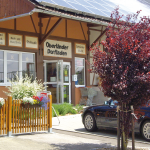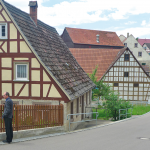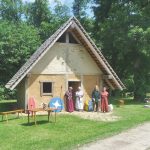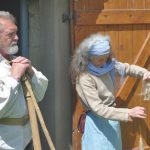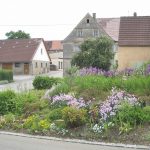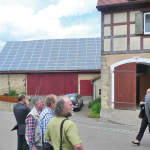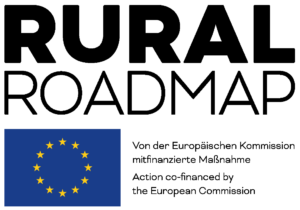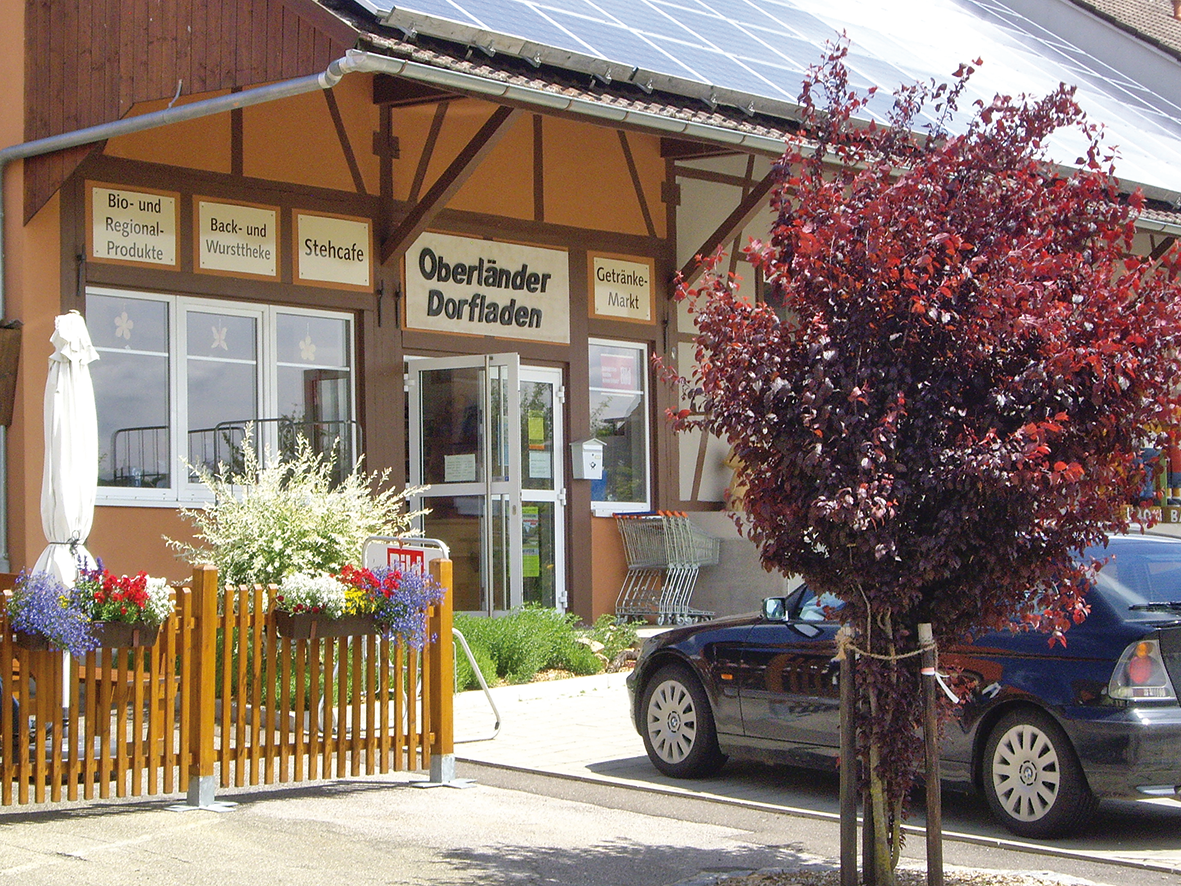
Finsterlohr, Baden-Wuerttemberg, Germany
Finsterlohr, a village with approximately 300 inhabitants and an area of 1,059 hectares, is located within the municipal boundaries of the city of Creglingen in the Main-Tauber district. It is a Frankish cluster village close to the romantic road between Rothenburg ob der Tauber and Creglingen.
At the beginning of the development process, the town’s appearance was run down and a functioning village center was missing. The planning of sewage water measures also triggered the beginning of this renewal process. The village council started to develop concepts in order to prepare for the future with great participation of the population. A main focus was the preservation and expansion of the infrastructure and village design. The preparation of a village development concept under the guidance of professionals as well as the involvement of the village inhabitants formed the basis for the realization of an extensive catalogue of measures.
The demolition of dangerous structures while simultaneously clearing up the village’s territory created the necessary free play in regards to urban development in order to redefine the village center.
The preservation of basic supply was a priority and was reflected in the alteration of an old shed into a village store. A group of 85 partners provided the required financial resources. The city of Creglingen added additional funds to promote economic activity. The village store also helps to market agricultural products from the region.
Efforts to foster internal development through the creation of living space within the village are remarkable. The renovation of half-timbered houses as well as the rededication of buildings formerly used for agriculture were implemented. Due to these measures, vacancy has been avoided as well as land designa-tion withdrawn.
One of the biggest strengths is the design of public areas which is evident in the consistent implementation of greening in the village center as well as the village’s edges. The plantation of local, plants, bushes, and trees by the citizens themselves which are optimal for the plant habitat have led to a convincing result. So-called “care-partnerships” have ensured the maintenance of the green areas through the village inhabitants.
The confrontation with its own history has opened touristic development of a 2,000 year old Celtic oppidum. After developing a wholesome concept, the club “Celtic oppidum Finsterlohr” was founded. Under the professional guidance from archeologists from the state monument department, an information center, a Celtic educational trail, Celtic wall, and Celtic house were built over a period of ten years. The great contributions of the club’s members who voluntarily maintain the entire facility are obvious.
The impressive social cohesion of Finsterlohr’s citizens is manifested in a vast honorary engagement which assumes many public responsibilities. All the projects have led to a great increase in quality of living according to the motto: “village with potential and engagement”.
Evaluated: 2014
